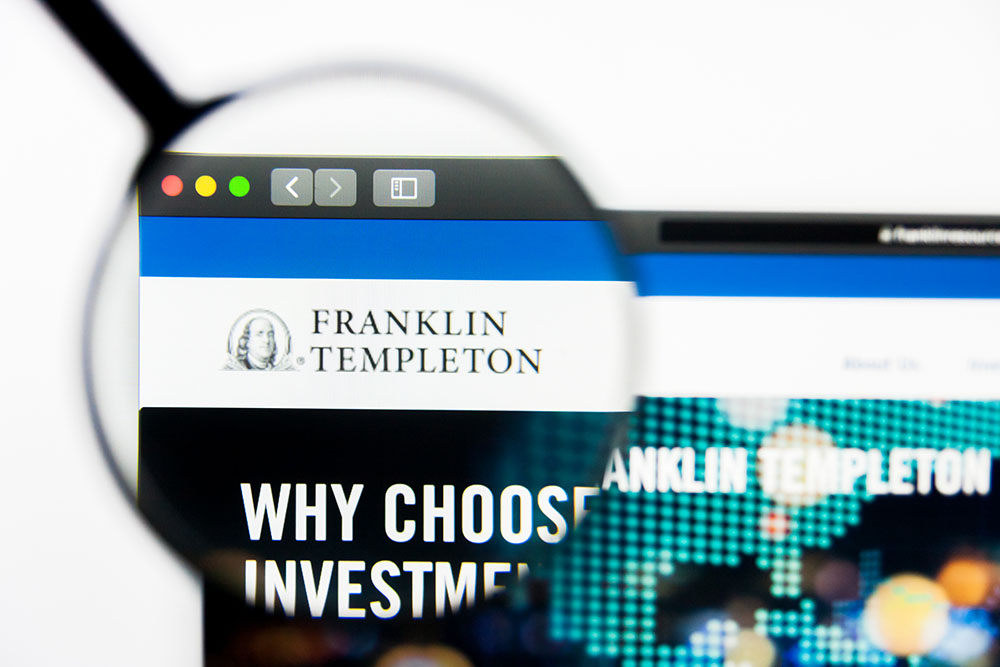Who among us hasn’t dreamed of waking up to a headline that a company in your portfolio is being taken over by a bigger company at a nice, fat premium? Sometimes it is indeed better to be lucky than smart. But who says we can’t be both?
You’ll be smarter after reading contributor Dave Sterman’s take on the recent merger and acquisition activity among banks and mutual fund companies. And by so doing, you could get lucky, too, if, as Roman philosopher Seneca proclaimed, “Luck is what happens when preparation meets opportunity.”
Let’s prepare…
— Bob Bogda, Editor
P.S. Like what you see? Don’t like what you see? Let me know.

To boost growth in a slow economy, firms seek out acquisitions that can help them expand into new lines of business and enhance profit margins. And once a deal or two is announced in an industry, more deals start coming at a furious pace. Nobody wants to sit on the sidelines while the M&A (mergers and acquisitions) action heats up.
And right now, the action is building among major banks as they look to acquire mutual funds firms and other asset managers. That was the logic in place when Morgan Stanley (MS) announced plans to buy venerable mutual fund firm Eaton Vance (EV) in early October for around $7 billion. That purchase price reflects a 38% premium to where Eaton Vance was valued beforehand.
Funds and fund management carry lofty profit margins. Eaton Vance, for example, had (operating) profit margins of 30.1% in 2019, compared with 21.0% for Morgan Stanley. Acquiring these fund firms, with their sticky client bases, also enables banks to control more parts of the client relationship.
Putting these two firms together will create an industry behemoth with $4.4 trillion in assets under management. Eaton Vance’s mutual fund business is well-regarded for its line of fixed-income, ESG (environmental, social and governance) and global funds. The move comes on the heels of Morgan Stanley’s just-completed purchase of discount broker E*Trade. Quite suddenly, Morgan Stanley has morphed into a one stop-shop with a broad range of service offerings for investors.
This move comes as Charles Schwab (SCHW) closes its acquisition of TD Ameritrade, which had its own sizable client base to bring into the fold.
This past summer, Trian Partners, an activist investor, took 9.9% stakes in both Invesco (IVZ) and Janus Henderson Group (JHG). The ostensible goal for Trian is to convince a large bank to bring these asset managers together under one roof — and pay a premium price for Invesco and Janus Henderson in the process.
Now that the game of M&A musical chairs is afoot, it’s important to ask: Who’s next? Which remaining independent managers of mutual funds and exchange-traded funds (ETFs) are ripe for the picking?
SPONSORSHIP
[Hot Tech Alert] 32X bigger than 5G?
5G and “AI” are all the rage…
But here’s what you likely don’t know:
The world’s best investors are lining up behind an explosive new technology that could trump them all. Warren Buffett calls it “ingenious.”
Back in 2015, WisdomTree Investments (WETF) traded for nearly $25 a share. These days, shares trade for around $4. (Disclosure: I was the director of research of the predecessor firm of WisdomTree, Individual Investor Inc., earlier in my career). WisdomTree oversees a wide range of ETFs, though in recent years, it has been unable to meaningfully grow, even as more assets migrate to the ETF industry from the mutual fund industry. Shares may seem like a bargain now that they have fallen, but WisdomTree lacks the momentum that acquiring firms look for.
Speculating on the next firm to be acquired in this M&A frenzy, Barron’s recently opined that, “One of the hottest in the industry should be AllianceBernstein (AB). It offers a growth story and a nearly 9% yield.” The article’s authors note that AllianceBernstein trades for 12 times projected 2021 profits, while Eaton Vance was acquired for 17 times projected 2021 profits.
T. Rowe Price (TROW) would be another logical buyout candidate, but its shares are already valued roughly in line with Eaton Vance’s ultimate take-out price. So there may not be a lot of upside there.
Instead, consider Franklin Resources (BEN), which runs the Templeton line of global mutual funds. This firm has historically generated (operating) profit margins in excess of 35%, though in 2019 that figure slipped to 27%. The fund industry is seeing a greater level of price pressure as investors seek lower-cost alternatives, and Franklin Resources’ management may be now realizing that profit margins can be re-boosted by the economies of scale that would come from being acquired by a larger firm.
Even as Franklin Resources is shaping up to be an appealing acquisition target, it’s making itself more appealing through the recent acquisition of fund management rival Legg Mason.
While it’s hard to determine Franklin Resources’ projected 2021 operating cash flow, analysts at Bank of America do cite a 2021 price-to earnings estimate of just 6.4. They note that this number is a “low multiple (vs 12x for peers).”
Action to Take: Consider buying shares of Franklin Resources (BEN) up to $26 and selling them when they reach $34, which would represent the industry average multiple. In the meantime, don’t be surprised if a large bank swoops up the firm at that price if this M&A trend continues.
SPONSORSHIP
My Next COVID-19 Stock Alert Poised For Triple Digit Moves
Get Ready for my next COVID-19 stock idea.
I have been very fortunate in discovering biotech, therapeutic and diagnostic companies within the COVID-19 space, before wall street catches on. Our goal for our members is to get our Alert’s first before the crowd.
>> Sign Up Now to Get Name & Ticker Symbol of Next Triple-Digit Gainer <<








